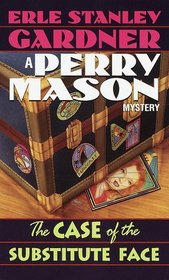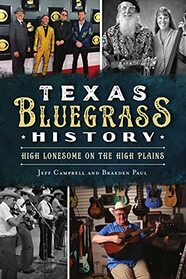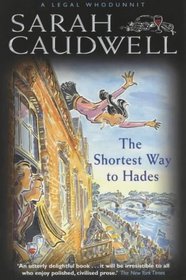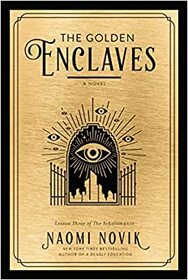A Natural History of Lighthouses by John A Love
Review by jjares
Almost all lighthouses, including the British ones, are now automated and have no resident keepers. This book tells the story of Scottish lighthouses with fascinating histories (and over 100 photos of British lighthouses and attending wildlife near these lighthouses).
So you know, British waters are some of the most menacing in the world. Britain has a long list of shipwrecks and deaths. Until reading this book, I was unaware of how dangerous it is to build a lighthouse. However, this book brings the dangers into sharp focus.
Eilean Mor: Flannan Islands – There was a strange disappearance of all three of the keepers of this lighthouse a mere year after it was built in 1900. This site was challenging to build because workers could only access the site for three months of the year. As a result, it took four years to complete.
The storms were horrific, and the three keepers had not had a full year of experience at this site. However, the photos on this site add much to the understanding of how an accident could happen. Keepers noted that the storms were so powerful that the spray hit the lanterns about 1000 ft. above the sea. Amazingly, waves were seen that were 112 ft tall, moving at 63 mph.
Eddystone – Violent storms have overtopped even the tallest rock lighthouses. It is not unusual for rocks of 80 tons to move 12 – 14 ft in significant storms. Britain is surrounded by some of the most dangerous waters in the world. At one time, 550 ships were wrecked every year. By the 19th century, the number of wrecks climbed to 1800/year. Some lighthouses were moved and rebuilt because of erosion of the solid rocks upon which they were built. However, continuous shaking has seriously undermined the rock bases of lighthouses. It took five different towers at Eddystone to survive in place.
Early History of Lighthouses – The Romans are responsible for Britain’s early lighthouses. The author goes back to explain the Greek’s fires to protect seafarers at night. The author discusses significant beacon building during ancient and later times. This author is also a naturalist and explains some of the geological events in Great Britain.
Until medieval times, there were between 30 and 40 lighthouses on the British Isles. In those times, they were maintained mainly by monks and monasteries. However, because of the dissolution of the monasteries, the monks departed the lighthouses in the 16th century.
* * * * *
This book is rich in detail about the building, maintenance, and tragedies associated with Scottish lighthouses. I was surprised to learn how lighthouses evolved over their long history. They did not emerge fully fashioned. Author Robert Louis Stevenson’s ancestors (several generations) are integral to the history of British lighthouses, and their stories are interspersed in this book. Through experience and error, lighthouses became safer and more resilient to the forces of nature over time.
Unfortunately, the author didn’t stay with the topic of lighthouses in Great Britain. Instead, he strayed into his interests in the wildlife surrounding the lighthouses. This caused the book to lose focus and seem to be meandering. The author covers the geology of the British Isles, nature, ancient and medieval lighthouse history, the history of several islands, maritime history, ancient legends, Parliamentary laws related to lighthouses, poor payment of lighthouse keepers, and much more. This author needed some serious editing. Overall score = 4 stars.








